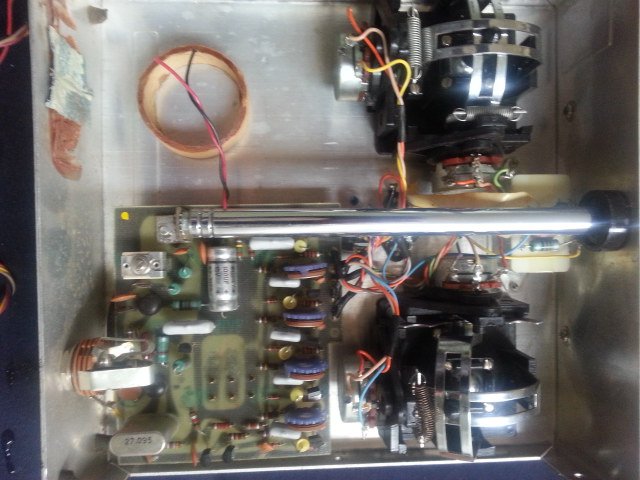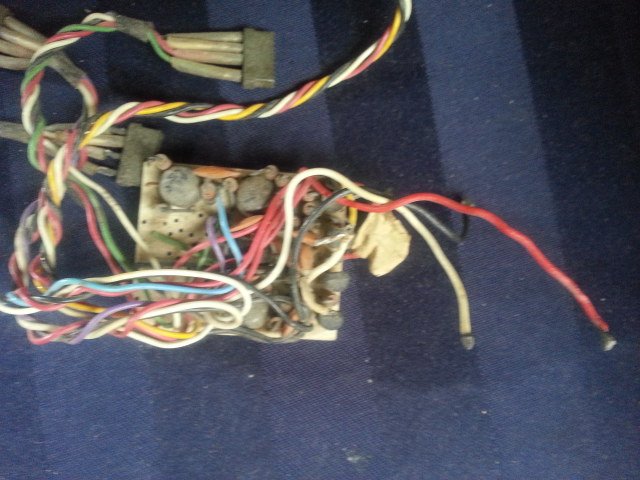Pretty early RC although never fully achieved.
In 1959 (I think) the model plane UK endurance record was broken and stood at 14 hours. It used a 8 cc glow with two elasticated tanks fixed under the wing. Petrol was mixed with the glow fuel. Petrol has a much higher calorific value than methanol although after the flight the engine seriously coated in burnt carbon.
My Dad who was a serious model engineer thought it should be possible to do better with a small petrol 4 stroke motor. The fuel economy of such would be twice that of a 2 stroke glow and equipped with a proper carburettor would do much better at the low throttle settings used for the last half of the flight.
The weight limit for model plane records was at the time 10 lbs (4.53 kg).
I was only 13 at the time but keen model plane builder. Together we did some research and established that an efficient 10 lb RC plane with glider type wings would fly quite adequately with even a basic 5 cc motor.
What I did not know was my Dad had long harboured a desire to build a small light petrol 4 stroke. He had been involved with model hydroplane racing before WWII and felt the 30 cc engines used were powerful but heavy.
So he set about building a lightweight air cooled 5cc petrol 4 stroke with big inclined valves in a true hemi head. It was complete by mid 1961.
This is a cut away drawing he prepared although after he had built it.
All ball race with a ringed aluminium cylinder and a float carburettor. Note the big head fins and the bifurcated exhaust port at the front to ensure the exhaust valve and seat got the best possible cooling. It weighs 8 oz and turns a 9x6 at 11,000 rpm. The really clever trick is its dry sump lubrication system so no oil in the fuel as is used now even on 4 strokes.
Using the underside of the piston as a pump a pair of one way valves in the crankcase back plate result in oil being drawn in from a separate tank and fed directly to the big end bearing. The oil leaving the bearing is then 'misted' by the crank rotation to lubricate everything else The oil with any air from leaks and piston blow by is returned to the oil tank.
The engine did quite a bit of fuel consumption testing and it demonstrated there was a good chance that with 5 lbs of fuel (4 pints, 1/2 gallon) would run the engine with a progressively reducing throttle for a good 24 hours.
At the time I made a rough sketch of what the plane might look like.
72" (1828 mm) span with the 1/2 gallon fuel tank built into the wing centre section acting as the spar! Simple rudder ,elevator. throttle only control. Of course with no electronic ignition systems it would have been almost impossible to provide sparks for such a long period with a meaningful weight battery.
In any case the problem solved itself as the model 'endurance' category was soon abandoned by the FAI and the model weight limit removed in the UK, yes really. How things have changed.
I still have the engine and it still runs but I dare not risk flying it as it is quite unique and I certainly don't have the engineering skill to make any replacement parts.
Edit: It seems I got the wrong video!





